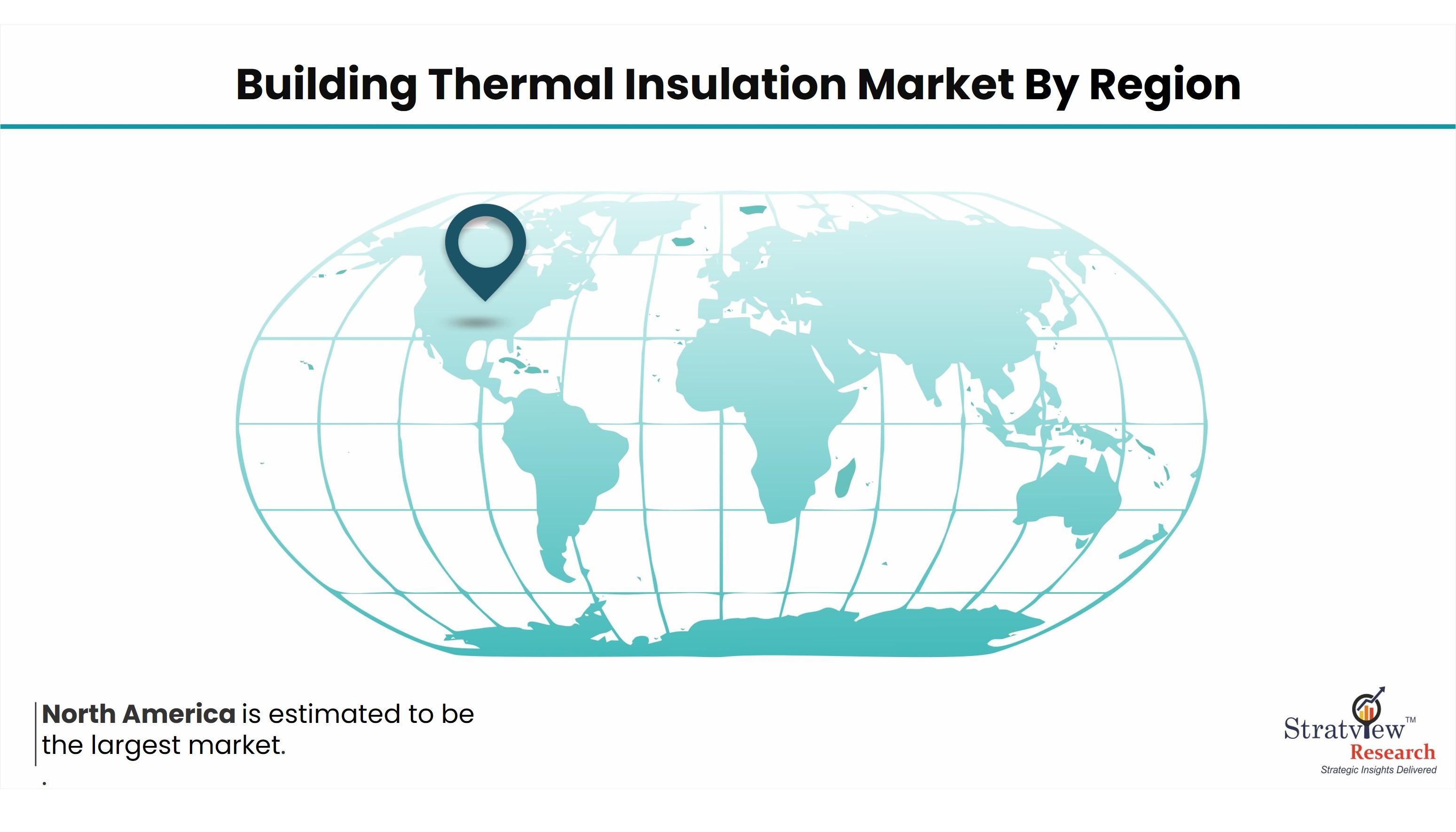According to Stratview Research, the building thermal insulation market was estimated at USD 28.06 billion in 2022 and is likely to grow at a CAGR of 4.66% during 2023-2028 to reach USD 37.01 billion in 2028.
In the dynamic world of construction and architecture, the importance of effective building thermal insulation cannot be overstated. As concerns for energy efficiency, sustainability, and occupant comfort continue to grow, the building thermal insulation market is experiencing a wave of trends and innovations. This article takes a closer look at the warm shield that thermal insulation provides, exploring the current trends and cutting-edge innovations shaping the industry.
Sustainable Materials Take Center Stage:
A significant trend in the building thermal insulation market is the increased emphasis on sustainable materials. As environmental consciousness grows, builders and architects are turning to eco-friendly options such as recycled materials, natural fibers, and bio-based insulation. This trend aligns with the broader goal of creating energy-efficient and environmentally responsible buildings.
High-Performance Aerogels:
Aerogels, known for their exceptional thermal insulating properties, are gaining traction in the market. These lightweight materials with low thermal conductivity are becoming popular choices for applications where space is limited but high performance is crucial. Aerogels represent a technological leap forward in building insulation, offering superior thermal resistance without compromising on space efficiency.
Smart Insulation Solutions:
In the era of smart homes and buildings, the integration of technology into insulation solutions is a noteworthy innovation. Smart insulation systems may include sensors to monitor temperature and occupancy, adjusting insulation levels dynamically. This not only enhances energy efficiency but also contributes to a more comfortable and responsive living or working environment.
Vacuum Insulation Panels (VIPs):
Vacuum insulation panels are gaining prominence for their excellent thermal performance in thin profiles. These panels consist of a core material evacuated to create a vacuum, minimizing heat transfer. VIPs are particularly valuable in applications where traditional insulation thickness is a constraint, offering a solution for achieving high thermal resistance in limited space.
Phase Change Materials (PCMs):
Addressing the challenge of temperature fluctuations, phase change materials are making a mark in the insulation market. PCMs absorb and release heat during the phase transition, stabilizing indoor temperatures. This innovative approach to thermal regulation contributes to energy savings and improved occupant comfort.
Prefabricated Insulation Systems:
The demand for efficient and time-saving construction practices has led to the rise of prefabricated insulation systems. These ready-to-install insulation solutions streamline the construction process, reducing labor costs and minimizing waste. Prefabricated insulation panels, blankets, and boards are increasingly favored for their ease of use and consistent performance.
Integration of Thermal Imaging Technology:
Advancements in thermal imaging technology are influencing the way buildings are insulated. Thermal imaging allows for a precise analysis of heat loss and insulation effectiveness. By identifying areas with insufficient insulation, builders and homeowners can make targeted improvements, optimizing energy efficiency.
Green Roof Insulation:
Green roofs, featuring vegetation and soil, are not only aesthetically pleasing but also contribute to thermal insulation. This trend involves the integration of living roofs as part of the building's insulation strategy. Green roof systems provide natural cooling, insulation, and stormwater management, promoting sustainable and energy-efficient building practices.
Adoption of Building Information Modeling (BIM):
Building Information Modeling is transforming the design and construction process, and insulation is no exception. BIM allows for detailed digital representations of buildings, enabling architects and builders to simulate and optimize thermal performance. This technology-driven trend enhances the accuracy and efficiency of insulation planning and implementation.
Government Initiatives and Energy Efficiency Regulations:
The global push for energy efficiency has led to increased regulations and government initiatives promoting sustainable building practices. In many regions, stringent energy codes and standards are driving the adoption of advanced insulation technologies. This trend underscores the importance of thermal insulation in achieving overall energy conservation goals.
Conclusion:
The warm shield provided by building thermal insulation is evolving with the times, embracing sustainability, technology, and innovation. As the industry responds to the challenges of energy efficiency and occupant comfort, these trends and innovations are shaping the future of construction. The warm shield not only signifies cozy interiors but also a commitment to creating environmentally responsible, energy-efficient, and comfortable spaces for generations to come.Top of Form
